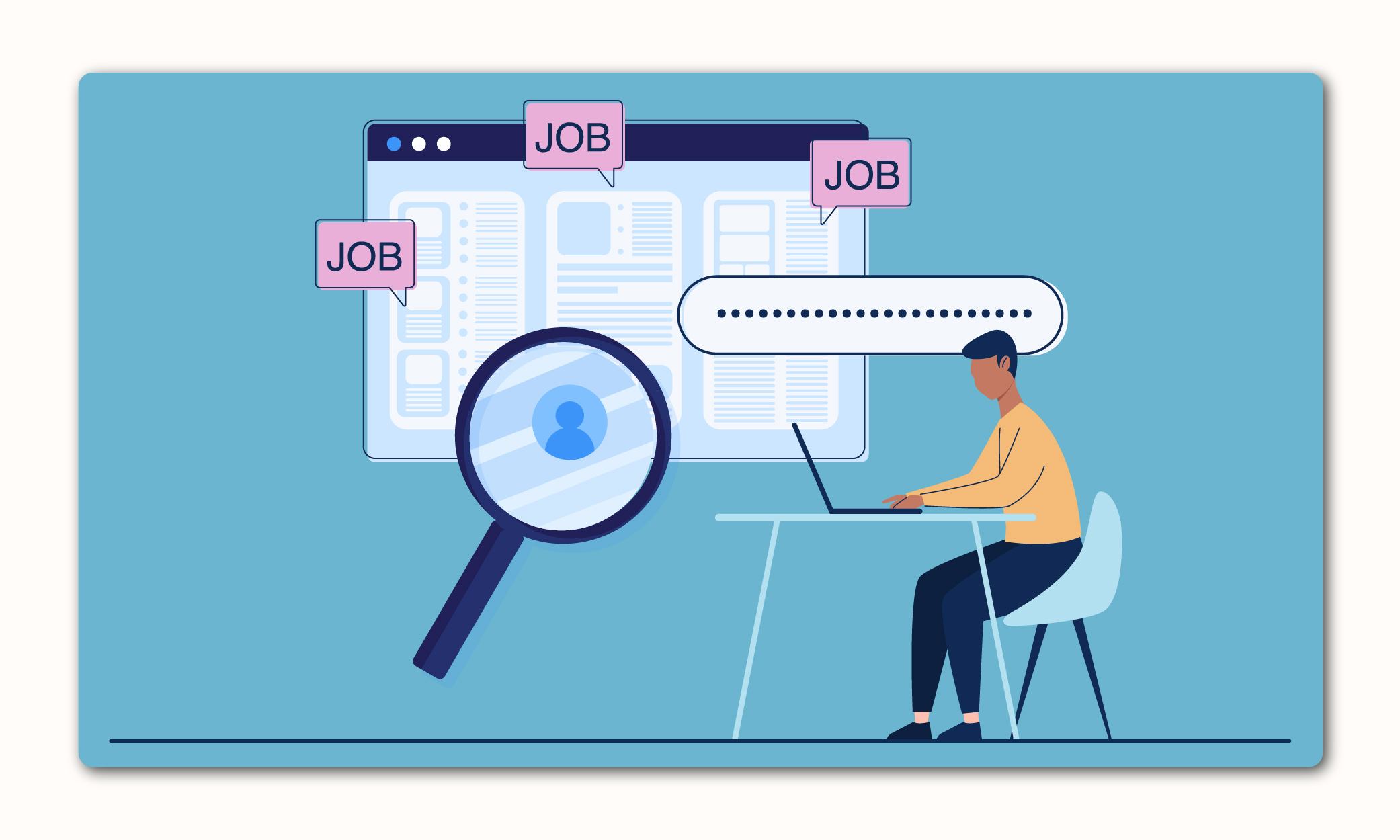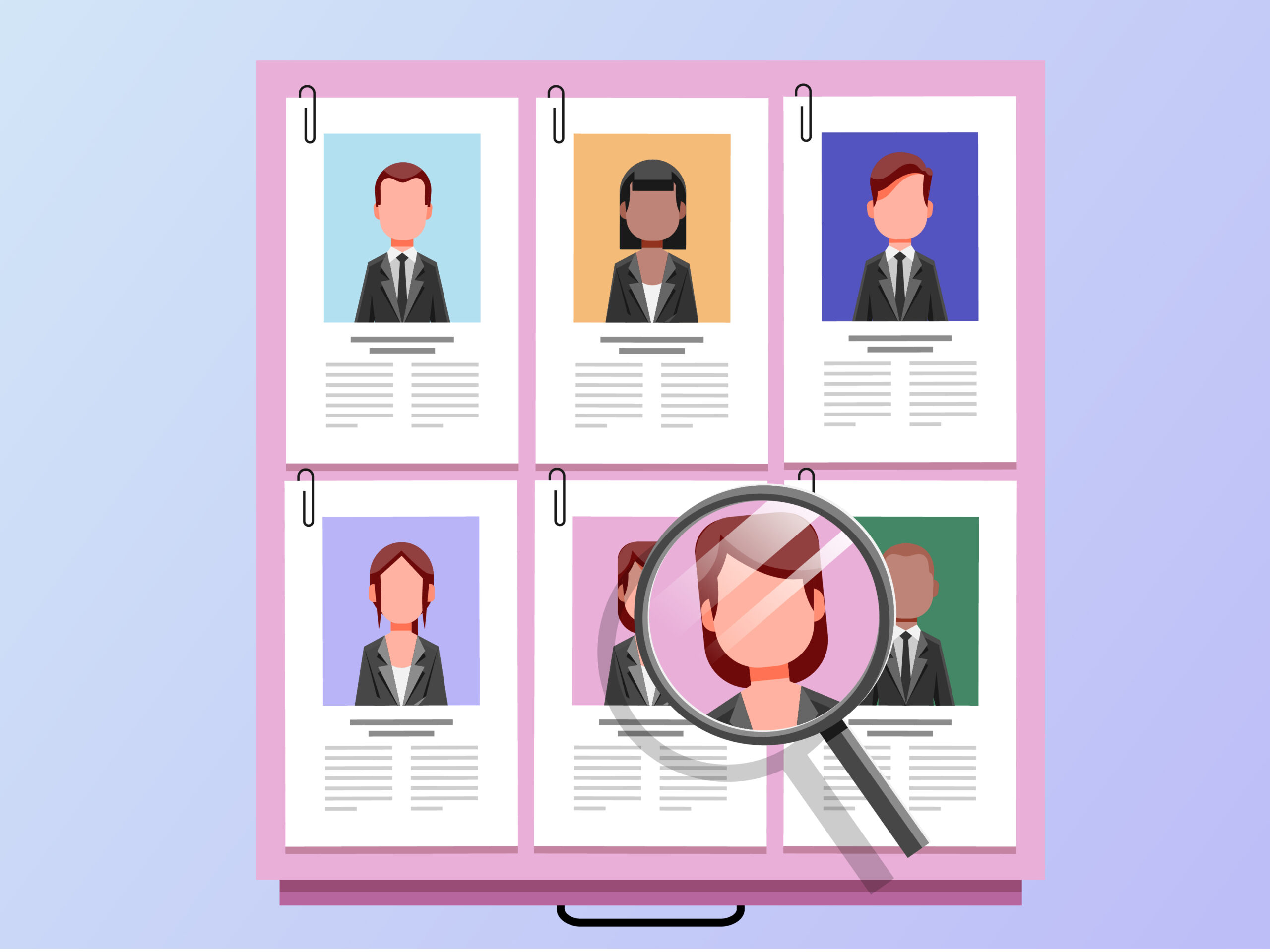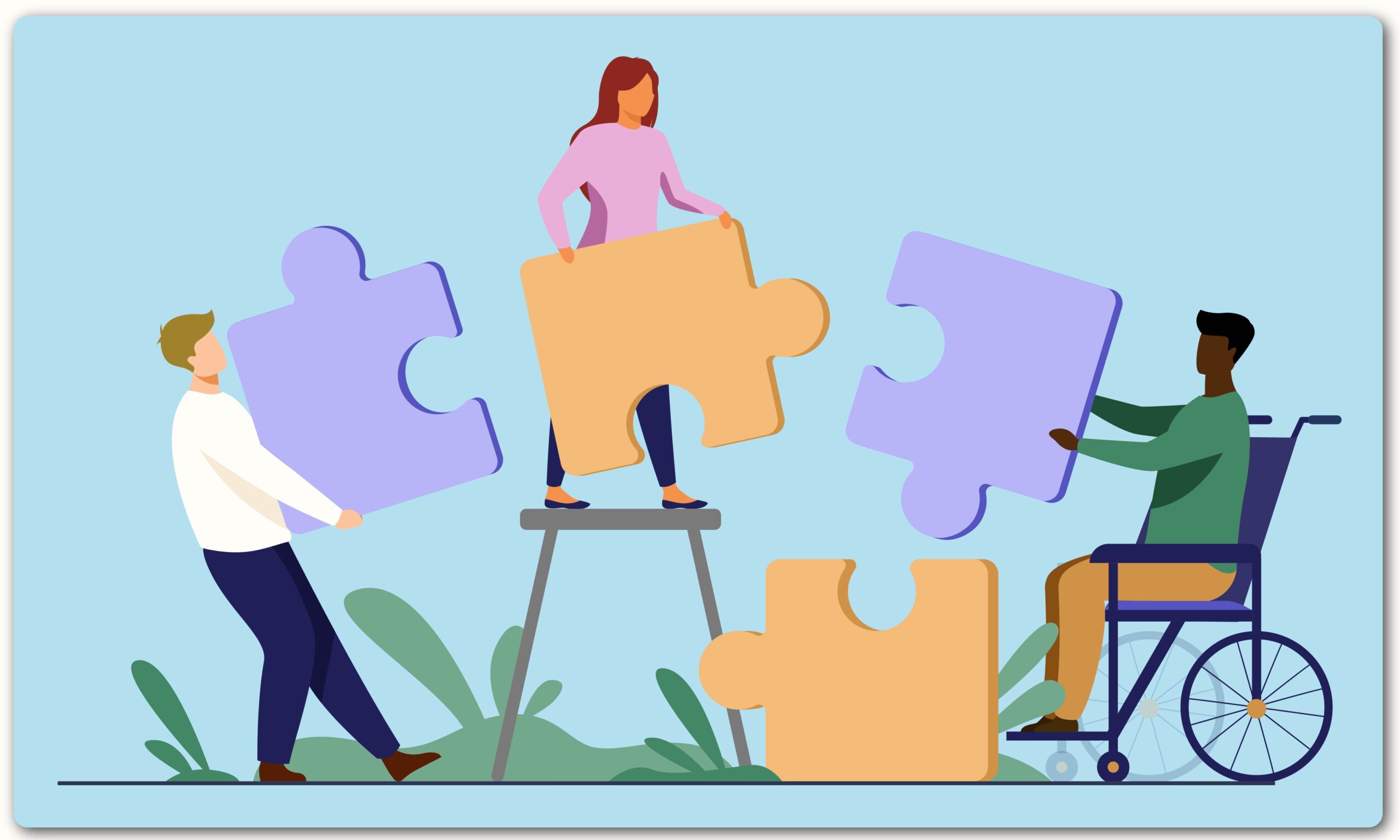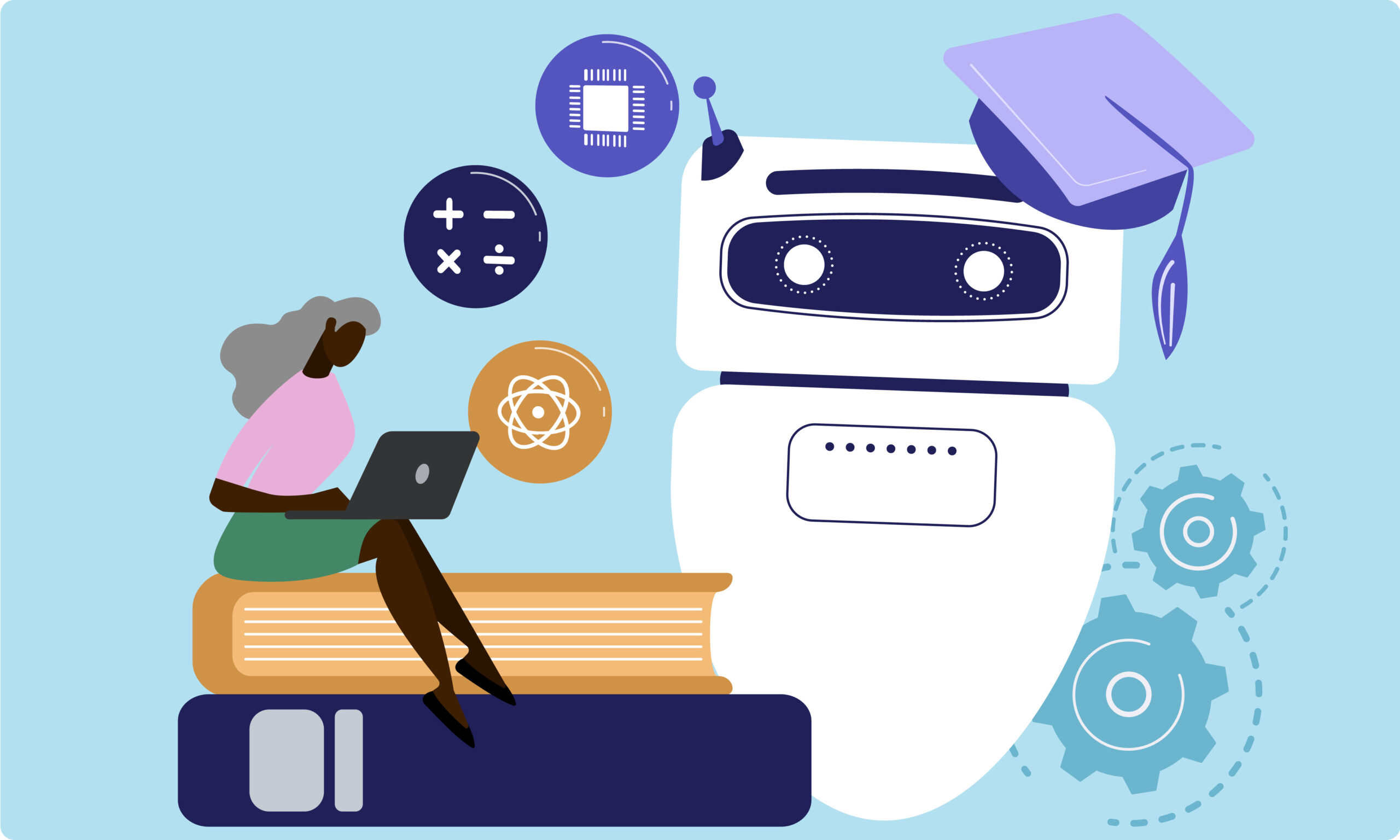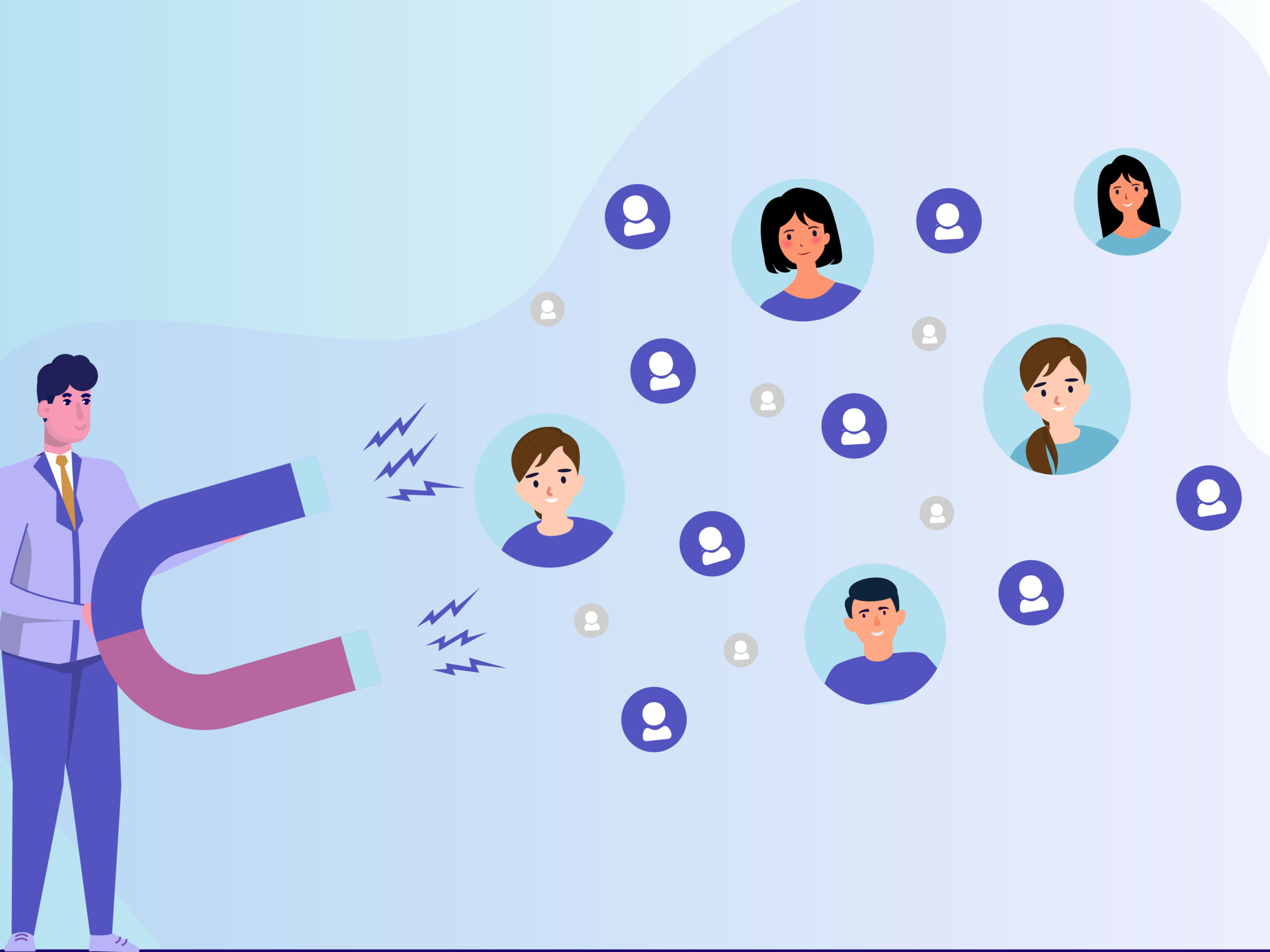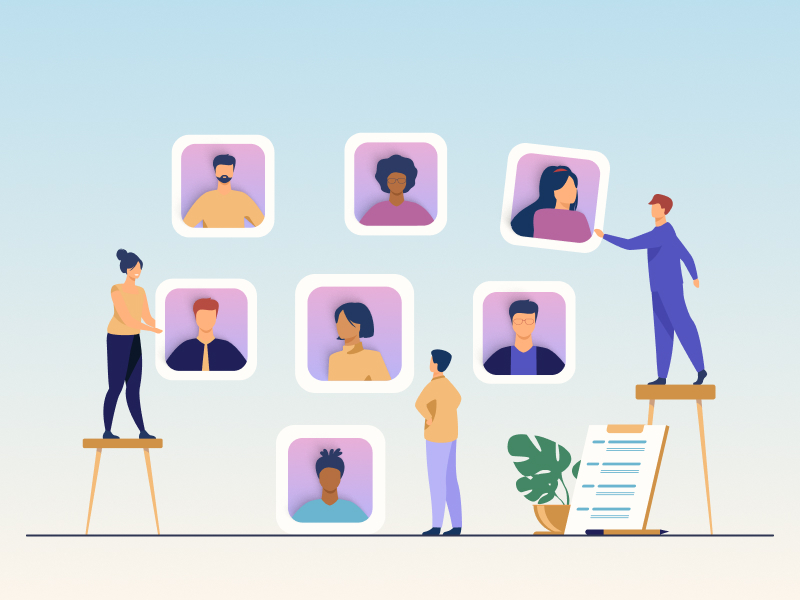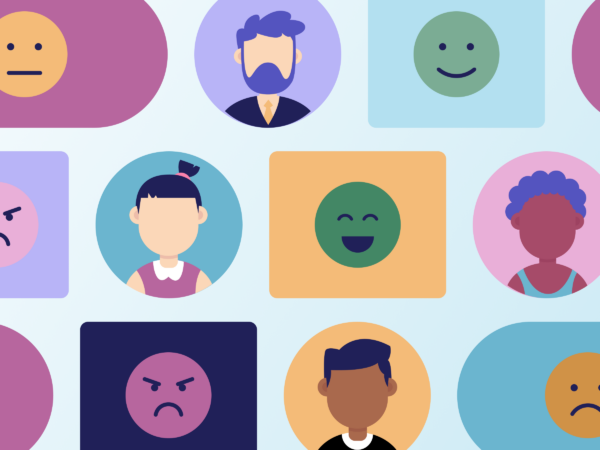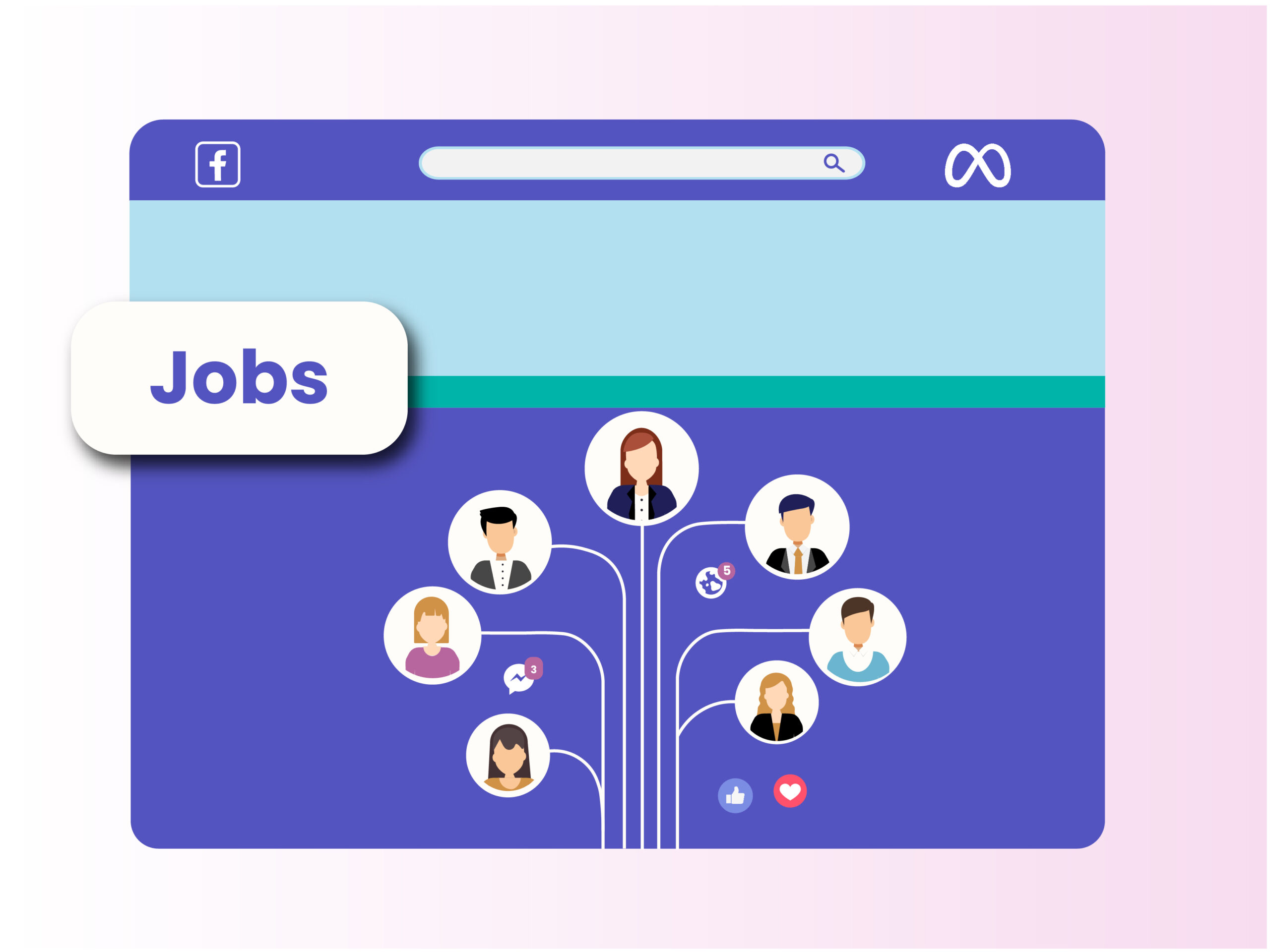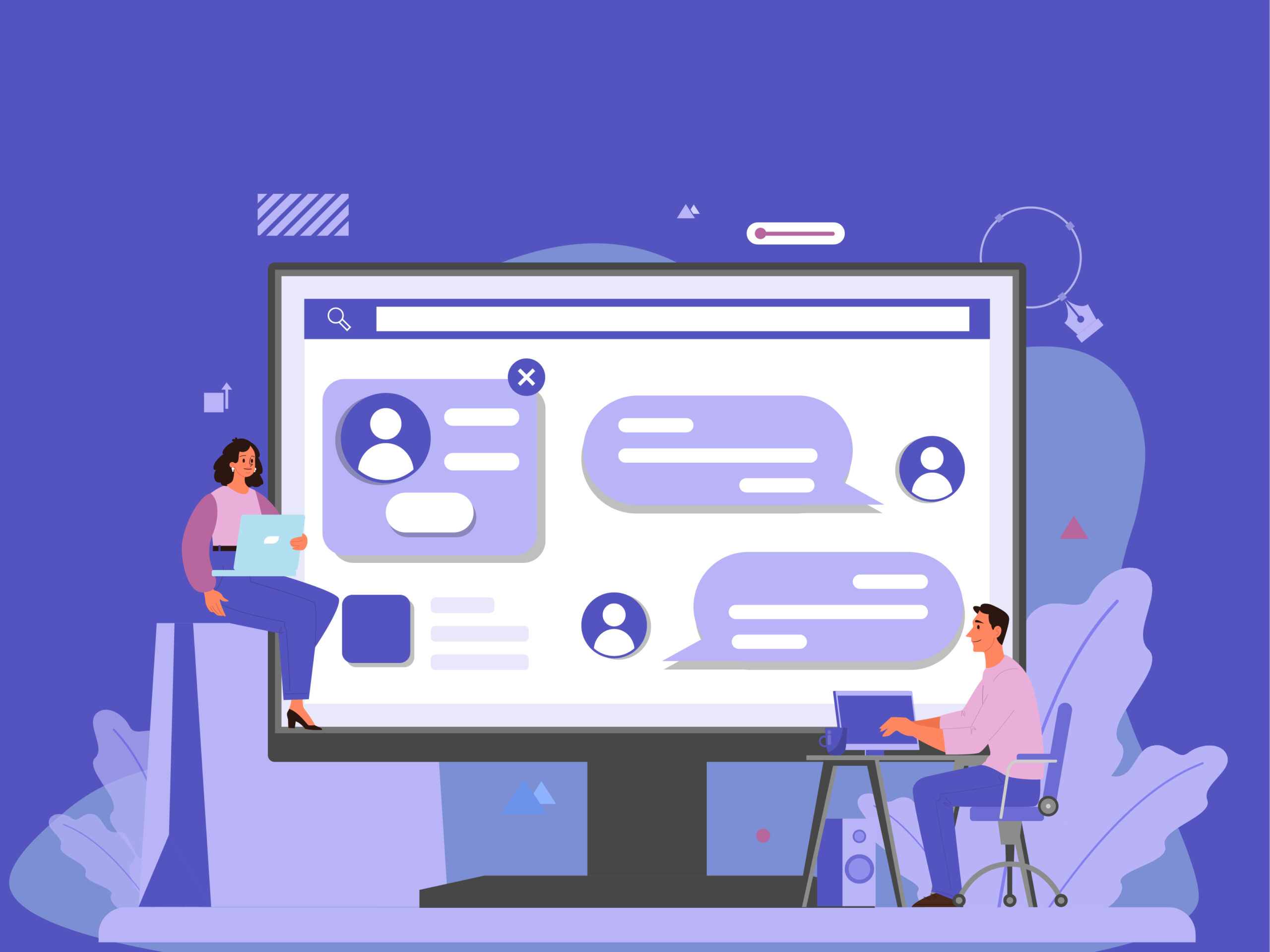Introduction
Neurodiversity isn’t a concept you hear about every day, but the world is slowly waking up to its importance – especially in the workplace. It goes far beyond just ADHD or autism; neurodiversity covers a wide range of cognitive differences, many of which are often overlooked or misunderstood. While it’s still a new and evolving topic in recruitment, understanding neurodiversity is key to unlocking a more inclusive and innovative workforce.
And big names like Microsoft, SAP, and JPMorgan Chase are just starting to pave the way. These are the trailblazers, launching dedicated neurodiversity hiring programs that challenge the less inclusive status quo. Their efforts show that hiring neurodivergent talent isn’t just a trend; it’s a forward-thinking approach to finding unique skills and perspectives that traditional hiring methods often miss. As more companies catch on, the question becomes: Are you ready to embrace this untapped potential?
Let’s dig deeper!
What is Neurodiversity?
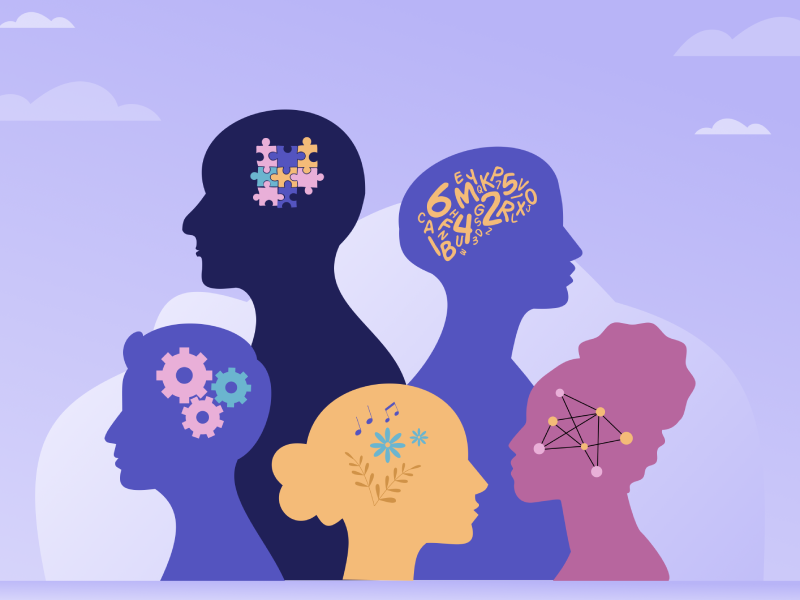
Put simply, neurodiversity is the idea that there’s no “one-size-fits-all” when it comes to how people’s brains work. Just like we value different backgrounds and experiences, neurodiversity recognizes that individuals think, learn, and process information in many different ways. This includes people with conditions like autism, ADHD, dyslexia, and dyspraxia. The term captures a variety of traits and patterns, both well-known and those yet to be fully identified (or understood!).
One common misconception is that neurodiversity is just another word for autism or ADHD. While these are part of the neurodiverse spectrum, it’s broader than that. By embracing the full range of cognitive differences, businesses can tap into skills that might otherwise be missed in conventional hiring practices. Neurodivergent individuals bring unique skills and perspectives to the table, often excelling in areas that require creativity, problem-solving, or attention to detail.
For recruiters, embracing neurodiversity means rethinking just what an “ideal candidate” looks like. It’s about recognizing that neurodivergent individuals may approach tasks differently, but that doesn’t make them less capable – in fact, it can be a major advantage. The challenge is that many hiring processes are built with a neurotypical candidate in mind, possibly overlooking this talent.
It’s all about potential.
The Basics of Neurodivergent Conditions
So, we now know that neurodivergence refers to natural variations in how people’s brains function and process information. While terms like ADHD and autism may surface, these are just a few examples that fall under the neurodiversity spectrum. Understanding these differences is key to building more inclusive workplaces, where every individual’s strengths are recognized and valued.
Note: While it’s important to understand the various forms of neurodiversity, stereotyping by neurotype can create limitations in the recruitment process – it’s all about personalizing the experience!
Innate vs. acquired neurodivergence
It’s worth noting that neurodivergence can be either innate or acquired. Conditions like autism and ADHD are generally present from birth, while others – like mental health disorders or brain injuries – can develop later in life. Both forms of neurodiversity are equally valid, and understanding this distinction helps in creating environments where people with diverse cognitive abilities can thrive.
Below you will find a few examples of the neurodivergent spectrum. Neurodiversity isn’t a limitation, but a different way of thinking that brings a variety of perspectives, talents, and strengths to the workplace. By being aware of these conditions and adapting recruitment strategies, recruiters can tap into a wider pool of talent. We’re talking about fixing the system and providing the right environment for every individual to bring their best selves to work.
While we want to avoid broad generalizations, it’s worth noting that neurodivergent traits often manifest differently across genders.
Let’s break down some of the more common forms of neurodiversity.
Attention-deficit/hyperactivity disorder (ADHD)
ADHD affects attention, impulsivity, and activity levels. Individuals with ADHD may struggle with focusing on tasks for long periods, or they may be restless in structured environments. However, they often have the ability to hyper-focus on topics (particularly those they’re passionate about), bringing creativity and quick problem-solving to the table. For example, someone with ADHD might thrive in a fast-paced environment where their energy and enthusiasm can be channeled into tasks that require dynamic thinking.
Autism spectrum disorder (ASD)
Autism affects how people perceive the world and interact with others. While it’s often associated with difficulties in social communication, many autistic individuals excel in areas requiring attention to detail, pattern recognition, and systematic thinking. Someone with autism might be incredibly skilled in data analysis or software testing, where structure and routine can be beneficial. It’s important to remember that autism exists on a spectrum – each individual has their own unique abilities and challenges.
Sensory processing disorder (SPD)
SPD is characterized by difficulties in processing sensory input, like sounds, light, or touch. For some individuals, a busy, noisy office environment might be overwhelming, but with accommodations like quiet spaces or flexible work arrangements, they can excel. For instance, someone with SPD might perform better in a calm, controlled setting or with the option to work remotely, allowing them to focus without sensory overload.
Folks with SPD notice subtleties others might overlook. For instance, they may be highly attuned to small changes in environments, sounds, or visual details. This enhanced perception can be valuable in roles that require acute attention to detail, such as quality control, design, or any work where subtle differences or patterns are essential.
Mental health conditions
Conditions like anxiety, depression, or post-traumatic stress disorder (PTSD) also fall under the neurodiversity spectrum. These conditions can be acquired throughout life and affect how individuals manage stress, pressure, or changes in the workplace. While someone with anxiety might need more predictability in their work routine, they can bring an extraordinary level of precision and attention to detail, making them great fits for roles that require consistency, such as compliance or risk assessment.
Coexisting neurodivergent conditions: The power of unique combinations
It’s fascinating to note that multiple types of neurodivergence can exist simultaneously within the same individual. For instance, someone might have both ADHD and autism, along with sensory processing issues. This unique combination can translate to a powerful skill set that, when nurtured in an accommodating environment, fosters innovative problem-solving and creative approaches to challenges.
Consider a graphic designer who has ADHD and autism. The ADHD aspect may contribute to their ability to think outside the box, resulting in vibrant and unconventional design ideas. Meanwhile, their autism might give them a keen attention to detail and a structured approach to executing those ideas meticulously. If this designer works in an environment that values their creativity while providing the necessary support – like flexible work hours or sensory-friendly spaces – they can thrive, producing exceptional work that showcases their unique strengths.
The impact of trauma on neurodivergence
It’s very important to note that neurodivergent individuals are disproportionately affected by additional acquired neurodivergence due to prolonged trauma – often resulting from a lack of understanding and acceptance in society. This reality underscores the urgent need for workplaces to foster a culture of awareness, acceptance, and support.
For example, a person with autism may experience bullying or social isolation at school or in the workplace, leading to anxiety or depression over time. This accumulated trauma can manifest as an acquired condition, complicating their neurodivergent experience. Such negative experiences can intensify the challenges faced by neurodivergent individuals, making it crucial for organizations to create inclusive and supportive environments.
Understanding Neurodiversity in the Workplace
Neurodiversity in the workplace is all about recognizing that not everyone processes information, communicates, or works in the same way, and that’s a good thing. In fact, embracing neurodiversity means fostering an environment where different types of thinkers, problem solvers, and creators can thrive together. While many workplaces have traditionally used a one-size-fits-all approach, a neurodiverse workforce brings in a wider range of perspectives, unlocking new ways of thinking and problem-solving.
Neurodivergent individuals can offer strengths that may not always be found in neurotypical employees. For example, people with ASD often excel in roles that require attention to detail, pattern recognition, and logical problem-solving – traits that can be incredibly valuable in areas like data analysis, programming, and research. Similarly, those with ADHD might bring creative, out-of-the-box thinking to the table, making them great assets in brainstorming sessions or in fast-paced, dynamic environments. People with dyslexia may have strong spatial reasoning abilities, making them excellent in design or architecture fields.
Neurodivergent employees see the world through a different lens, and their unique problem-solving abilities can lead to breakthroughs – particularly in industries that rely on creativity and technical precision.
Workplace benefits
Building a neurodiverse workforce isn’t just about doing the next, right DE&I-related thing – it also makes good business sense. Companies that actively hire neurodivergent employees benefit from increased innovation, higher productivity, and better employee retention. In fact, neurodiverse teams are 30% more productive and make fewer errors. Such teams can think creatively, spot problems others might miss, and offer alternative perspectives that drive innovation. Plus, neurodiverse employees tend to be very loyal and dedicated when placed in the right environment, leading to lower turnover rates and long-term success.
Incorporating neurodiversity into your hiring strategy can create a richer, more adaptable, and forward-thinking environment. A place that’s equipped to tackle the challenges of tomorrow with fresh ideas and perspectives! We think that deserves a SHAZAM!
Rethinking the Hiring Process With Neurodiversity in Mind
Creating an inclusive hiring process for neurodivergent candidates doesn’t mean building entirely new processes from scratch. It’s about ensuring your current recruitment methods are adaptable and accommodating for everyone. By making small, intentional adjustments, you can create an environment where all candidates feel comfortable, valued, and able to showcase their full potential without having to ask for any kind of accommodation.
Let’s take a look at a few starting points.
- Building a neurodiversity-friendly career site
The first point of contact for many candidates is your career site, so it’s important to make sure it’s accessible and easy to navigate for neurodivergent users, too. For example, consider simplifying the site’s layout to reduce visual clutter, making it easier for candidates with ADHD, autism, or sensory processing differences to find the info they need. Use clear, straightforward language that avoids jargon, and include alt-text for images to support candidates who may use screen readers.
Additionally, offering flexible application methods can be helpful. You can allow candidates to upload video resumes or provide other formats that allow them to showcase their skills without relying solely on old school written communication. Providing options on your career site ensures that you’re accommodating different ways of thinking and communicating from the very start!
- Creating inclusive job descriptions
When writing job descriptions, many recruiters unknowingly deter neurodivergent talent by focusing on vague or unnecessary requirements. To make job postings more inclusive, focus on the core responsibilities and skills necessary for the role and avoid unnecessary qualifications like “excellent communication skills” unless truly required. Be specific and replace vague phrases like “strong multitasker” with concrete, task-related examples that outline what the job actually entails.
It’s also important to use straightforward language, avoiding any jargon that might confuse candidates or create barriers. Neurodivergent candidates may also benefit from job descriptions that clearly outline what a typical day or week in the role looks like, providing them with more context on job expectations and the working environment.
- Refining psychometric tests
Psychometric tests are widely used in recruitment but can be particularly challenging for neurodivergent individuals. Many experience increased anxiety, executive function difficulties, or over analyze questions, making timed or complex tests especially daunting. The trend toward gamification can complicate matters further, with unclear expectations or visually overwhelming tasks heightening stress.
Additionally, many neurodivergent individuals develop masking skills as a survival strategy, which can skew test results. By suppressing their natural behaviors to fit in, they may present answers that don’t accurately reflect their cognitive styles, leading to misinterpretations of their abilities.
To improve inclusivity in these assessments, employers should provide untimed options, simplified formats, and practice examples. Incorporating a range of evaluations – combining cognitive tests with personality and skill assessments – can offer a more comprehensive view of a candidate’s strengths.
- Inclusive recruitment strategies
An inclusive hiring process starts long before the interview stage. Ensure that your recruitment strategies include various avenues that reach neurodivergent candidates. This may mean partnerships with organizations that specialize in neurodivergent job placement, advertising on platforms that promote diversity, and participating in neurodiversity-focused job fairs. These approaches help attract a broader pool of candidates, without anyone having to identify themselves as neurodivergent.
Consider also offering flexible interview formats. For example, allow candidates to participate in virtual interviews if they find in-person interactions overwhelming. Or, provide interview questions in advance to give neurodivergent candidates more time to process and prepare their responses. This type of flexibility can help create a level playing field.
- Best practices for interviewing neurodivergent candidates
When it comes to interviews, one key practice is to ask clear, specific questions, rather than relying on vague behavioral ones. For example, instead of asking, “Tell me about a time you showed leadership,” you could ask, “Describe a project where you took the lead and explain what steps you took to manage it.” This gives the candidate a clearer understanding of what you’re asking, reducing ambiguity.
Another helpful approach is to give candidates multiple ways to demonstrate their skills. Instead of relying solely on verbal interviews, incorporate practical assessments, portfolio reviews, or work simulations. This allows neurodivergent candidates, who may find traditional interview settings challenging, to demonstrate their strengths in more tangible ways.
Finally, consider the interview environment itself. Opt for quiet, distraction-free rooms with natural lighting, and give candidates a clear schedule ahead of time so they know what to expect. This can help reduce anxiety for folks who may struggle with unpredictable situations or sensory overload.
By building flexibility and inclusivity into every step of your hiring process – from the career site to the interview, you’re not just making your organization more neurodivergent-friendly, you’re creating a recruitment process that benefits all candidates. Inclusivity doesn’t require candidates to identify themselves or request accommodations; it’s about creating a system where everyone has the opportunity to succeed from the outset.
Supporting Neurodivergent Employees Post-Hire
Once you’ve hired neurodivergent employees, the next step is ensuring they feel supported and empowered to thrive in their roles. Creating a truly inclusive workplace means providing continuous support, not just during the hiring process, but throughout their entire journey with your organization.
One (very effective) strategy is offering flexible work environments. Neurodivergent employees may work best with options like remote work, flexible hours, or quiet workspaces. For example, someone with sensory processing differences may appreciate a quiet space away from noise or harsh lighting. Offering these adjustments to all employees, without requiring special requests, helps normalize accommodation.
Open communication is also key. Ensure managers are trained to understand and respect neurodiversity, promoting a culture where feedback is constructive and clear. This can help neurodivergent employees understand expectations more clearly.
You can provide accessible tools and resources that suit different working styles. For instance, task management tools can help employees with ADHD or autism stay organized and focused. Establishing mentorship programs or employee resource groups that connect neurodivergent employees with peers and advocates within the organization can also have many benefits.
A supportive post-hire environment fosters belonging and productivity, ultimately benefiting both the employee and the organization as a whole! Good stuff.
Top Neurodiversity Hiring Programs
Microsoft
Microsoft has one of the most well-established programs, designed to help neurodivergent candidates thrive through a multi-day interview process focusing on their skills and potential. The program provides career growth opportunities, personalized interview coaching, and on-the-job support, helping Microsoft tap into innovative thinking from neurodiverse employees.
SAP
SAP is recognized for its neurodiversity hiring programs, especially for its Autism at Work initiative, which started in 2013. This program aims to recruit neurodiverse talent and create an inclusive environment. As a result, SAP enjoys a remarkable 90% retention rate for its employees on the autism spectrum, showcasing the success of their efforts in building a supportive workplace.
JP Morgan
JPMorgan Chase’s Office of Disability Inclusion focuses on enhancing workplace opportunities for neurodivergent individuals. The initiative includes tailored support systems for hiring and career development, aiming to create an inclusive environment for diverse thinking. With programs like Autism at Work and BeST, the goal is to integrate neurodiverse talent into the workforce effectively. The org emphasizes that their strategy is not about charity; it’s a key business approach that enhances productivity by respecting and valuing different cognitive styles.
EY
Ernst & Young has established a Neurodiversity Center of Excellence that provides specialized training, support, and accommodations for neurodiverse employees. This center aims to foster a workplace culture where neurodiverse individuals can harness their unique talents – particularly in fields like data analytics and cybersecurity, which are essential to EY’s consulting and auditing services.
Deloitte
The company’s Neurodiversity@Deloitte initiative focuses on attracting and hiring neurodiverse talent through a comprehensive program that includes a 12-week virtual paid apprenticeship. The goal is to improve access to career opportunities, while supporting the unique strengths of neurodiverse candidates. It features hands-on experience, client project work, and networking opportunities. Additionally, a buddy/mentor program fosters personal and professional growth, and provides training sessions for hiring teams to enhance their understanding of neurodiversity and showcase the contributions of this diverse talent pool.
Learn From These Neurodiversity Champions
Learning from those who advocate for neurodiversity can be invaluable for recruiters looking to build a more inclusive hiring process. These influencers are dedicated to spreading awareness, sharing practical strategies, and highlighting the strengths of neurodivergent individuals in the workplace. By following their insights, recruiters can gain a deeper understanding of how to support neurodiverse talent and create environments that celebrate all perspectives. Here are some influential voices to follow for guidance and inspiration.
Ellie Middleton
Ellie Middleton is a speaker, writer, and advocate focused on empowering neurodivergent individuals both in and beyond the workplace. She founded (un)masked, a community for neurodivergent support, and is the author of the bestseller UNMASKED. Her second book, How to Be You, continues her mission of breaking down taboos and encouraging authenticity.
X (Twitter)
Evie Meg
Mega, a vibrant content creator, openly shares the ups and downs of life with Tourette’s Syndrome across social media. Now, Mega is telling the full story in a new book, diving deep into experiences around being diagnosed, school challenges, relationships, and other life hurdles impacted by Tourette’s and additional health struggles.
Connor DeWolfe
Connor DeWolfe is a social media influencer known for his lighthearted yet insightful takes on living with ADHD. He shares relatable content on TikTok, including comedic skits and anecdotes that highlight the unique quirks of ADHD, such as hyperfocus and “following the dopamine” to stay motivated.
Ruby Woods
Ruby Woods is a passionate neurodiversity advocate and influencer on TikTok, where she has built a strong community of followers who connect with her content around living with autism. By sharing her own experiences, she brings authenticity to her partnerships, which resonates deeply with her followers – many of whom are part of the neurodivergent community or have a strong affinity for inclusive messaging.
Rich & Rox
Rich & Rox are a dynamic neurodivergent couple known for sharing their experiences and insights on ADHD and autism. Through their content on social media (especially TikTok) they create an open, humorous, and informative space for others to learn about the challenges and strengths of neurodiversity. They provide a mix of personal stories, educational insights, and practical tips, helping to destigmatize ADHD and autism while building a supportive community around these topics.
Samantha Hiew
Dr. Samantha Hiew is a passionate advocate, researcher, and speaker focused on neurodiversity awareness – especially ADHD. She founded ADHD Girls, a social initiative dedicated to educating and empowering neurodivergent women and girls by providing them with resources and fostering a supportive community. Through her work, Samantha seeks to dismantle misconceptions surrounding ADHD in women and create greater understanding of neurodiversity. She combines her personal experience with her background in science communication, making her insights both deeply relatable and well-grounded.
Dr. Peggy Mason
Dr. Mason is a Professor of Neurobiology at the University of Chicago, renowned for her pioneering research on the neurobiological foundations of empathy and prosocial behavior. Her groundbreaking studies have demonstrated empathetic behaviors in rodents, offering profound insights into the evolutionary roots of empathy. Beyond her research, Dr. Mason is a dedicated educator, authoring the textbook Medical Neurobiology and delivering a popular Coursera course titled “Understanding the Brain: The Neurobiology of Everyday Life.”
Conclusion
As the future of hiring continues to embrace neurodiversity, it’s important to remember that neurodivergent candidates are not “specially abled” or “different” in any limiting way – they’re simply wired to think and innovate in unique ways, which can add incredible value.
As recruitment pros, building truly inclusive processes allows everyone to contribute fully, creating a culture where all talent is respected and utilized to its fullest. Shifting your hiring mindset today will not only broaden your talent pool, but will strengthen your company’s foundation for long-term innovation.
FAQs
- What is neurodiversity hiring?
Neurodiversity hiring refers to recruiting practices that embrace individuals with neurodivergent conditions like ADHD, autism, and dyslexia. These hiring practices focus on inclusive approaches to recognize the unique talents and perspectives neurodiverse individuals bring to the workplace, ensuring fair opportunities and accommodations during the recruitment process.
- How do we hire neurodiverse employees?
To hire neurodiverse employees, companies should create inclusive job descriptions, provide clear and structured interview processes, and make accommodations such as flexible workspaces or alternative communication methods. Building an accessible career site and fostering a supportive, understanding recruitment team are also essential to welcoming neurodivergent candidates.
- What jobs are best for neurodivergent individuals?
Neurodivergent individuals often excel in roles that align with their strengths. Jobs in tech, data analysis, creative fields, or structured environments like accounting can be great fits. However, it’s important to match roles to each individual’s skills and interests rather than making assumptions about what neurodivergent employees can (or cannot) do!
- What are some companies with neurodivergent programs?
Companies like Microsoft, SAP, JPMorgan Chase, and EY have launched neurodivergent hiring initiatives. These programs offer tailored recruitment processes, inclusive environments, and ongoing support to neurodivergent employees, serving as examples of how organizations can promote neurodiversity in the workplace.
- Why is neurodiversity important in the workplace?
Neurodiversity enriches workplaces by bringing unique perspectives, creativity, and problem-solving abilities. Neurodivergent employees can offer innovative approaches that may not be typical in traditional work environments, driving better business outcomes, fostering inclusivity, and creating more adaptable, successful teams.
- How can employers support neurodivergent employees post-hire?
Employers can support neurodivergent employees post-hire by offering flexible work environments, open communication, and access to tools that fit various working styles. Providing ongoing training for managers on neurodiversity and establishing mentorship or peer-support groups can also enhance workplace inclusion and employee satisfaction.
Also read:
